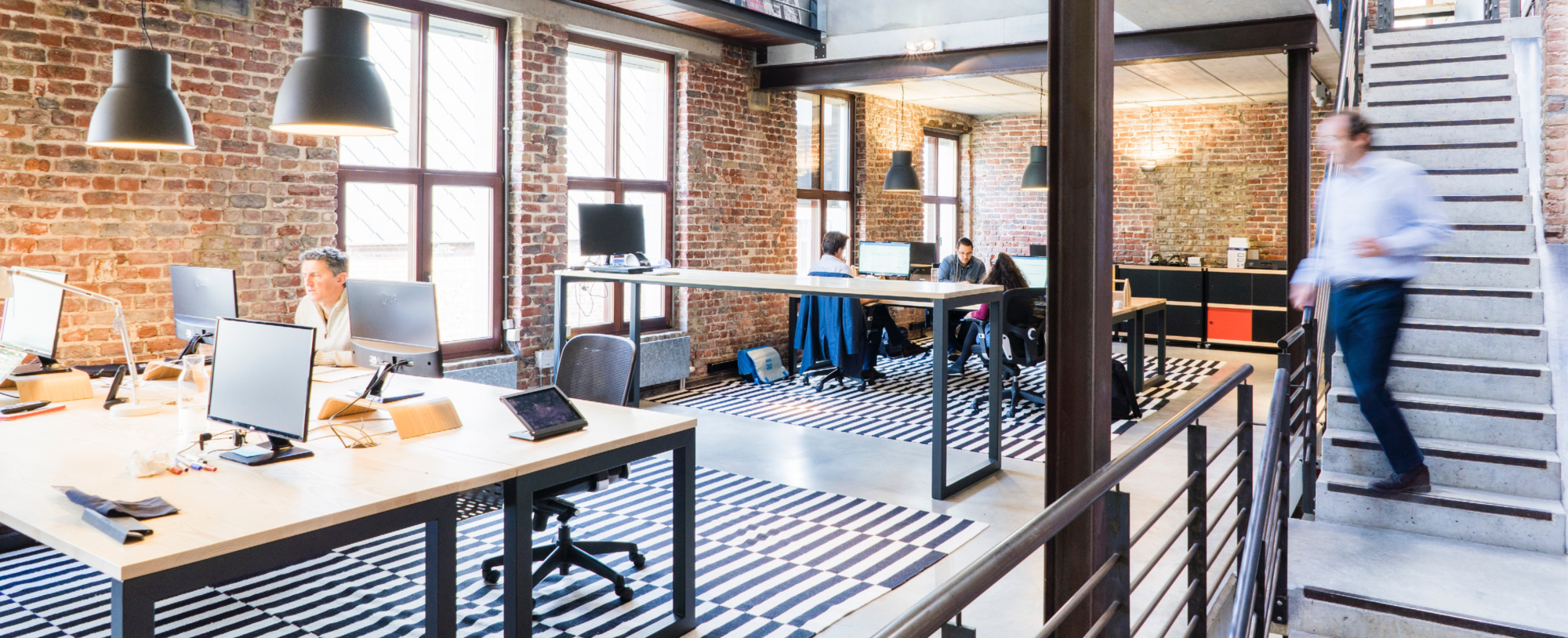Flexible Working Bill
The Flexible Working Bill achieved Royal Assent this summer, providing millions of British workers with more flexibility over where and when they work. The new law gives employees the right to request flexible working from day one of a new job, while employers are required to consider all requests and provide a reason before any rejection.
The bill began as a commitment in the Conservative Party’s 2019 election manifesto, months before the Covid-19 pandemic spread around the globe, indicating that momentum behind increased flexible working was already building. But the events of the past few years have underlined the need for stronger support for workers in this area.
Since a huge number of non-essential workers were told to work from home in the spring of 2020, employee expectations and habits have shifted. A recent study found that just under half of UK workers would take advantage of the new law once it comes into effect in 2025.
Business leaders and facilities management professionals must pay attention as the potential of more staff requesting flexible working will create challenges for organisations which are unprepared for even greater levels of fluctuation in office occupancy. If workers come into the office less often or at more inconsistent times, there will be a significant need to revamp space, asset, and energy management strategy.
Where Tech Plays a Part
Smart technology and data are critical tools for leaders who want to understand how their buildings and FM operations can respond positively to these changes. Integrating different solutions, such as building management systems (BMS), computer-aided facilities management (CAFM), space management software and sensor technology, helps build a comprehensive picture of how and when spaces are used, where there is waste, as well as the adjustments needed for maximum efficiency, comfort, and productivity.
Flexible working provides organisations with an opportunity to design workplaces and allocate space that more closely reflect new occupancy levels and fluctuation throughout the week. They can make available space that supports the type of activities employees need to do when they come into the office, whether it’s collaborating with colleagues, socialising, or individual focused work. With the potential reduction in full-time attendance, they can also make cost-savings by reducing the amount of space they own or lease.
Sensors attached to workstations, in meeting rooms or other areas, can help identify when and how often people come into a workplace, and which areas they use. The sensor data may also be used in conjunction with space booking systems in real-time, allowing those working flexibly to find available space when they need it.
Space Management
Similarly, space management software can link seamlessly with AutoCAD software, overlaying occupancy information onto dynamic graphical plans for move management and scenario planning. An online dashboard and reporting tool will allow users to perform a detailed occupancy analysis and future space utilisation forecasting to support strategic workplace and real estate decisions.
New occupancy patterns impact the load on assets such as lighting and HVAC. Parts of a building will be used less often. Integrating these assets with a BMS and automated lighting controls provides organisations with an opportunity to switch off or adjust these assets when areas are unoccupied, saving energy in the process. Tracking energy usage then allows you to identify areas of optimisation, leading to more targeted zero carbon efforts.
This level of detailed insight also supports employee satisfaction and productivity – by ensuring that heating, lighting, AV and other services are enabled when the workforce needs them, comfort levels are maintained. With hybrid working now commonplace for many businesses, staff are more likely to come to the office when they are assured it delivers the most conducive environment in which to complete their work.
Integrating with a CAFM system
What’s more, connecting sensor data to a CAFM or CMMS system can enhance facilities management in multiple ways. Engineers will be able to perform preventative maintenance on quieter days. Remote diagnostics would help facilities managers understand how assets perform under new occupancy levels and adjust maintenance and whole lifecycle asset management accordingly. Likewise, the remote capability could be applied to other facilities services – for example, facilities managers could replace things such as soap dispensers more efficiently when they run out.
As a result of the new Flexible Working Bill, hybrid working is the new reality. With employees gaining more control over where and when they work, facilities managers have a growing duty to ensure that their experience doesn’t suffer. And technology will be central to this shift.
On the whole, facilities managers should be using FM technology to overcome the unique challenges the public sector face and influence their long-term strategies. Addressing these challenges with CAFM software can ease regulatory compliance, prioritise efficiency and enhance productivity. For more information about QFM, or to speak to Service Works Global about how QFM can help with challenges within your company, please contact us here.
Keep up to date on the latest industry and technology developments: sign up to receive SWG’s blog delivered straight to your inbox:
 UK
UK




